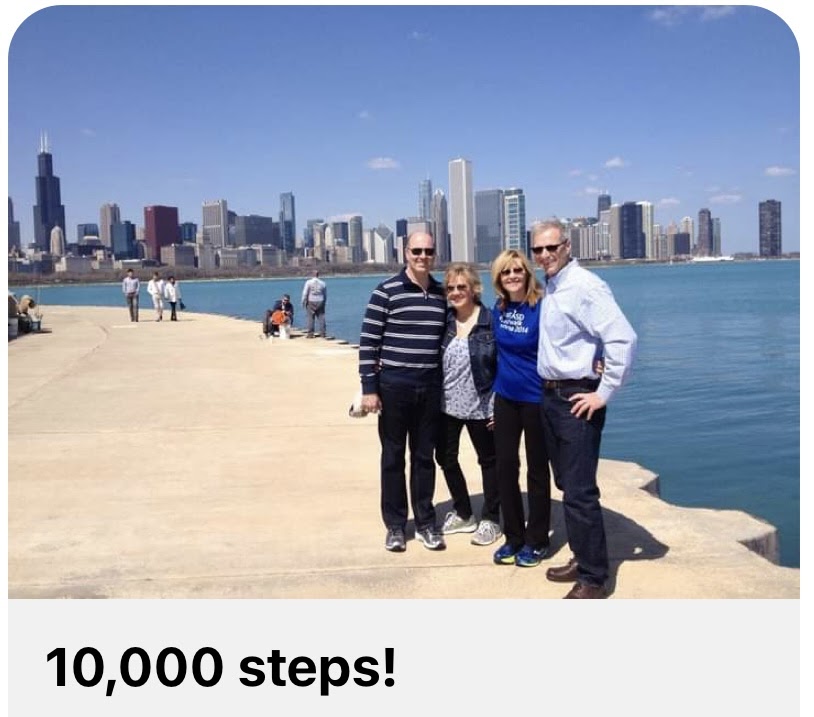Mindfulness is a way of befriending ourselves and our experience.- Jon Kabat-Zinn

This week in our Diabetes Technology and Solution-Focused Practice series we’re discussing the value of meditation and mindfulness apps in solution-focused practice. You may have seen the results of a meta-analysis recently published in Diabetic Medicine which showed that mindfulness and acceptance-based approaches to diabetes education may more effectively reduce A1C levels, anxiety, depression, and diabetes distress than education as usual. This impact was noted both immediately and up to 1-month post intervention. In helping your clients find what works for them, and build on that, meditation and mindfulness apps can be another tool in your solution-focused “tool box”.
Do you encourage your clients with diabetes to use meditation and mindfulness apps? There’s certainly no shortage of options these days! Over the last few years, more than 2000 new meditation apps have rolled out, with even more new options as a result of increased demand during the pandemic. And who doesn’t welcome those that are free!
5 FABULOUS FREE MEDITATION AND MINDFULNESS APPS
These 5 apps are free, with several of them also having premium paid versions with extra content and capability. We find that the free versions are helpful to be able to get a taste of the app and it’s approach, with the option to move on to the premium version with expanded content options, if desired.
Smiling mind. (Available for iOS) This app not only provides opportunity to take a break from life stresses through meditation, it guides in incorporating mindfulness practice throughout the day through “activities” like journaling or audio prompts bringing attention to your senses by counting things that can be seen, felt, heard, smelled and tasted. Pretty cool! There are a number of “programs” related to stress management and sleep.
UCLA Mindful. (Available for iOS and Android). The name says it all. Heavily grounded in the science of mindfulness, this app developed by the Mindful Awareness Research Center at the University of California, Los Angeles (UCLA), features a variety of meditations in English and Spanish. There are sessions as short as 3 minutes long and some up to a half hour long that they refer to as “podcasts”. This app can help one practice self-kindness, work through challenging emotions, as well as focus on other areas.
MyLife Meditation. (Available for iOS and Android). You may have been familiar with this award-winning app as Stop, Think, & Breathe, which it was formerly named. There is a section focused on what mindfulness is and why it’s beneficial. We’re fans of the fact that each day when you open the app, you’re asked to “take a breath” and check in with yourself, then rate how your mind and body are on a scale of “rough” to “great”. Based on emotions you’re feeling that you select from lists of words, the app then recommends guided sessions according to those feelings. (Premium paid version also available).
Insight Timer. (Available for iOS, Android, and web) Tami uses this on her phone. This app offers over 90,000 free guided meditations. Topics covered include anxiety, stress, sleep, mindfulness, relationships, insightful talks, and much, much more. Sometimes for quieter mindfulness and focus, she’ll use the feature where you can simply set a timer and focus or meditate to calming ambient noise or calming music. (Premium paid version also available)
Calm. (Available for iOS, Android, and web) Tami downloaded this free during an offer early into the pandemic. There currently is a free trial with a premium paid version. Calm includes meditation and sleep stories focused on improving sleep quality, reducing stress and anxiety, improving focus, and overall self-improvement. Deb uses the Premium version specifically for the nightly sleep stories. She really enjoys the simple yet calming stories to help her fall asleep. Yes, they are not stories that are engaging and exciting, but that’s the plan. The goal is to not have your brain try to engage, but to relax and prepare to sleep.
During this crazy and chaotic year, creating opportunities to calm your mind and create opportunities to support a peaceful bedtime or a stress-free break in the middle of the work day is very important.
How can you support your clients to develop positive mindfulness habits?
We suggest striving for open and frank discussions with clients when meeting with them. Ask about their mental and emotional health to identify if a mindfulness app might help them.
- An easy way to move towards this conversation is to ask about their sleep patterns and quality? If they are having trouble sleeping you might ask them if an app might be an option they would consider.
- Ask about their anxiety level. Is Anxiety impacting their ability to make healthy behavior changes? If the answer is yes, continue to ask probing questions to identify what they are willing to do to make health behavior changes. Remember, one small change in the direction of their goals will lead to more changes in the future.
It may be beneficial to revisit this past year, explore how they’ve grown and changed, and consider what’s next and how to move forward. Mindfulness and meditation apps can be helpful in managing stress, diabetes distress, anxiety, and depression to ultimately help impact blood glucose and improve happiness and quality of life.
May is Mental Health Awareness month so a great opportunity to think about ways to encourage healthy habits.
We plan to continue to write about a variety of other technologies that impact and influence diabetes care and education including diabetes apps, digital health tools, diabetes devices, online peer support and online coaching. Stop back by in 2 weeks to see what’s up next!
We welcome anyone interested in our approach to Subscribe to our blog and we’ll email you when a new post is published!
If you are a health care professional and interested in learning more about our solution-focused practice and approach, when you subscribe to our blog, we’ll send you in return a FREE resource of 10 Solution-Focused Questions to start a solution-focused discussion with your clients.
Deb is employed by Dexcom, but her words and opinions in this blog are her own.
Tami is employed by the University of Kentucky HealthCare Barnstable Brown DIabetes Center, but her words and opinions in this blog are her own.



